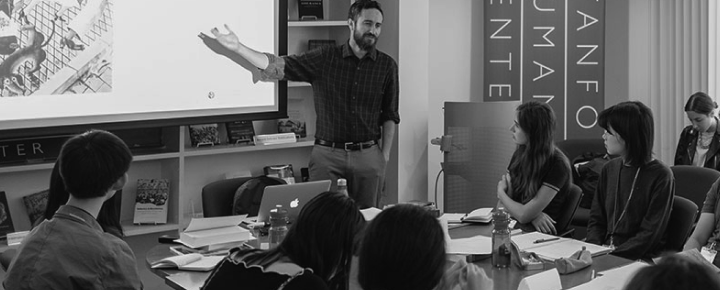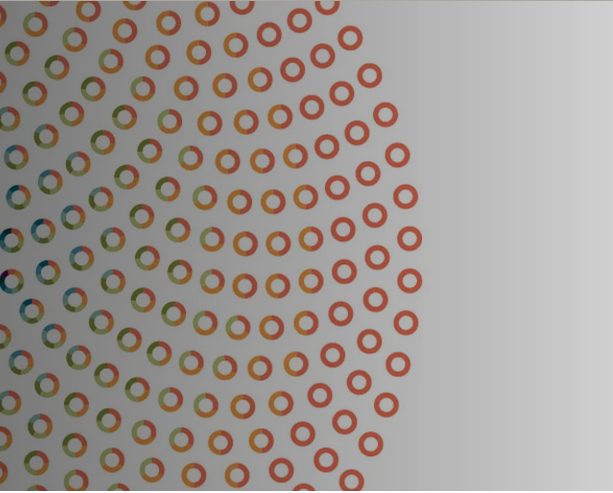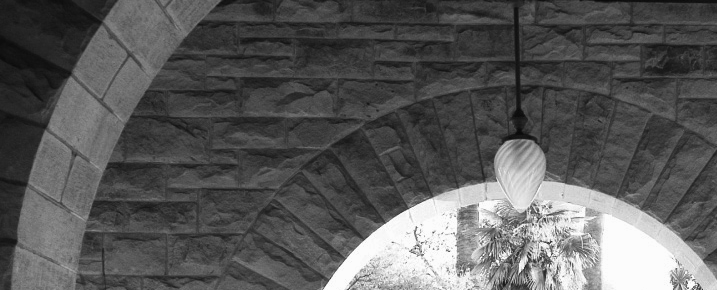
I have been thinking of this essay as a road map to the ideas and practices of public humanities, a map that would help answer the title question, "why public humanities?" This essay will look at some beginning points for public humanities; work through definitions; talk about the stakes for faculty and students–and the universities and communities in which they work–and consider whether public humanities could be transformative rather than simply translational. No matter how you map public humanities, discussions of collaboration and social justice need to be at the center.







